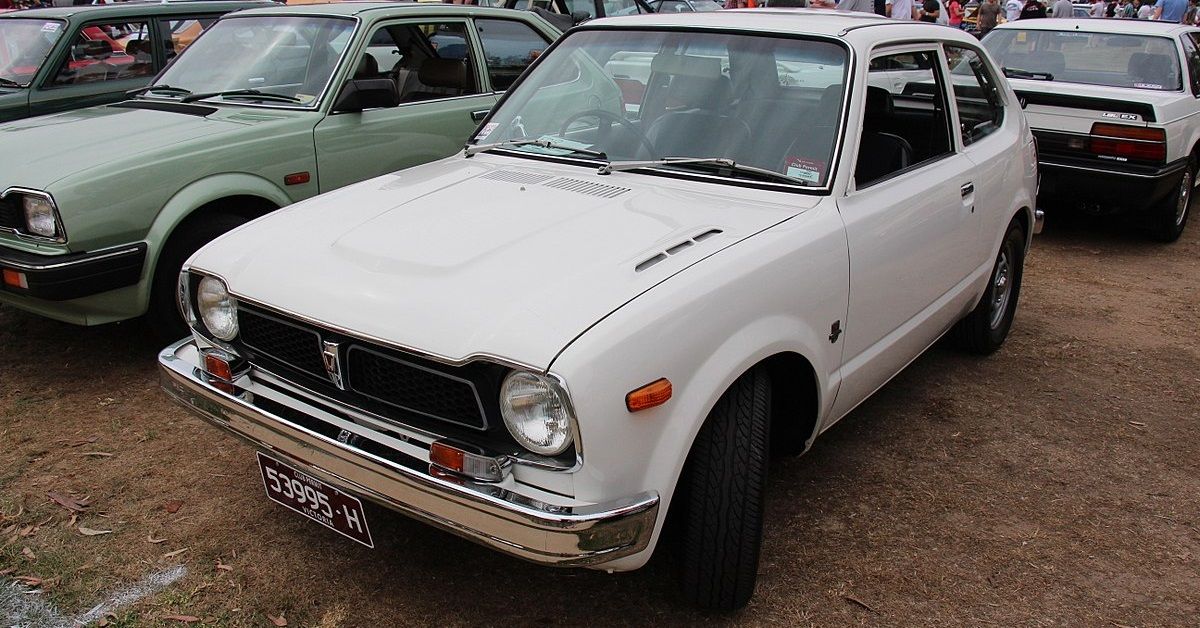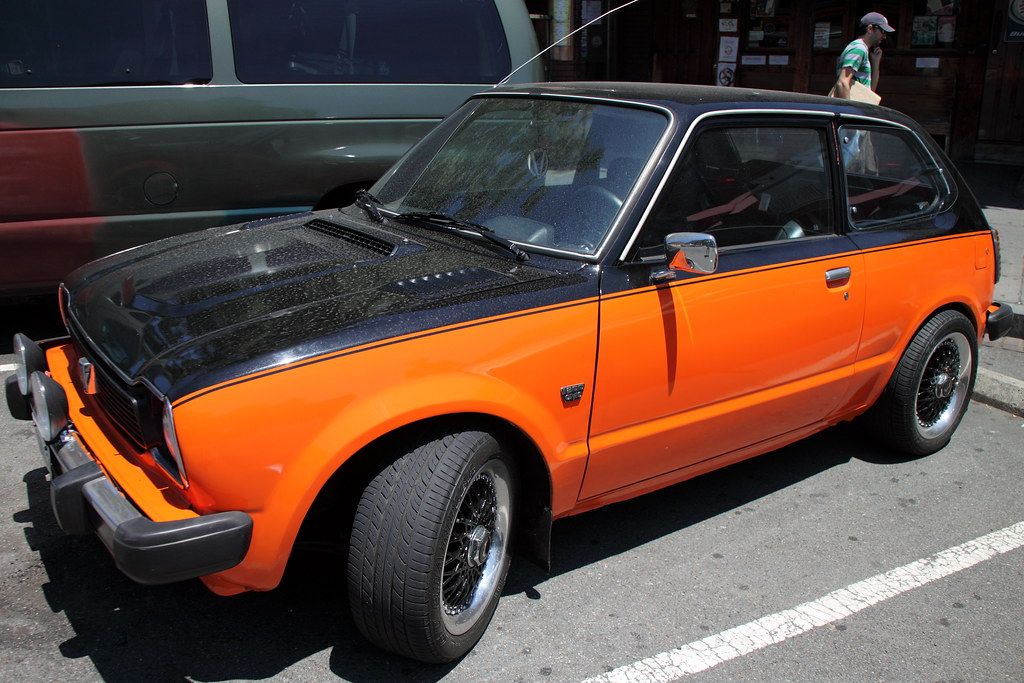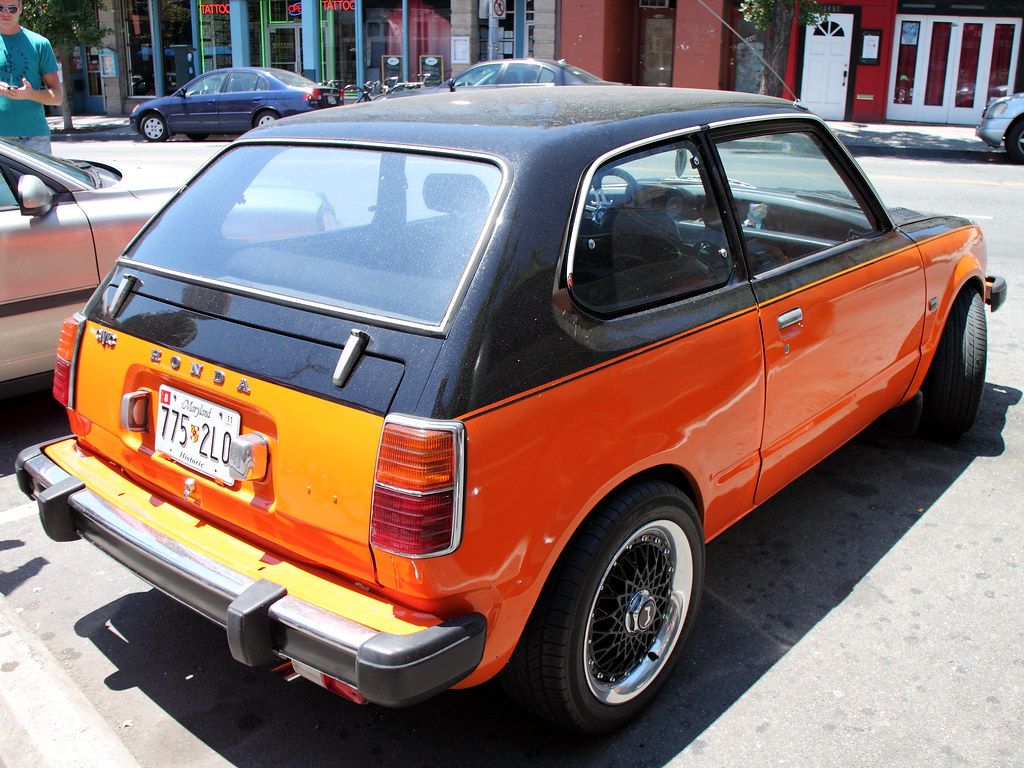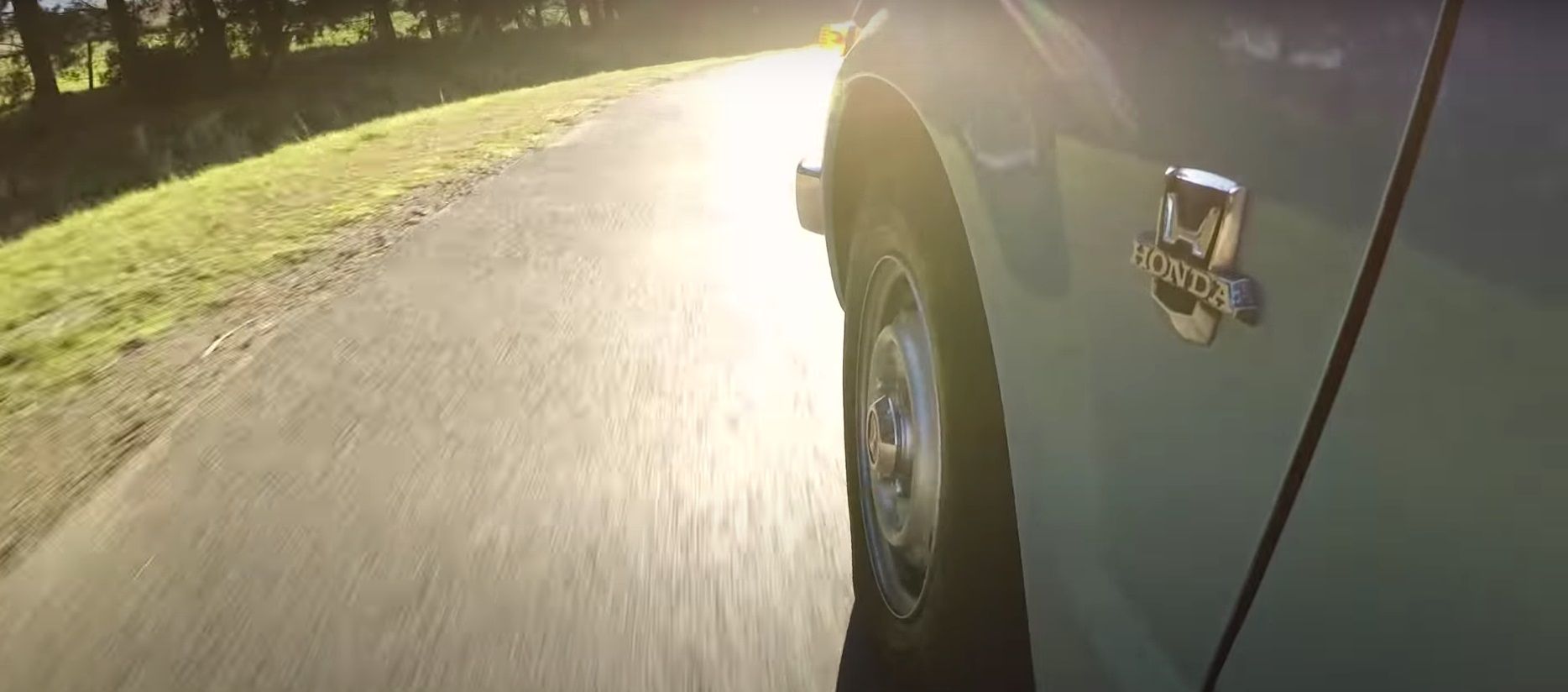Besides the brand’s iconic name and memorable “H” logo, Honda has introduced some of the best cars in the industry, and the Civic is one of them.
Launched in 1972, the first Honda Civic is the car that changed the identity of the Japanese brand forever. Following the momentum of its predecessor, the Honda 600, the small vehicle made its first US-market appearance in 1972 for the 1973 model year.
The Civic was also among the first Honda cars to ever hold a market share in Britain. Recall, the first Civic came at a time when the names of Hondas' competitors were already huge, which made sales a little tricky. Thanks to the car’s economic engine and overall trodden design, the Civic became a widespread vehicle in Britain, especially during the time of the oil crisis. Part of this credit goes to great advertising too.
In the US, Honda became so prevalent that people had to wait for weeks just to get one, and many customers even paid more than the list price. But a few extra bucks didn’t seem like a great deal since the car was already offered at a very low price, which was slightly expensive compared to the Chevrolet Vega, though. The Civic performed very well on US highways, and the compact size made it easy to park the car just about anywhere. Since then, the iconic name is now seen as one of the most evolved cars of this century.
Considering how successful the Civic name has been so far, we thought we’d take a look and appreciate exactly where it came from. Let's head back to 1972 and look at the origins of the Civic.
The Game-Changing Design That Started It All
The Civic came at a time when Honda was looking to produce a compact option that would be ideal for urban life – something simple, economical, and of course, small. The first Civic that rolled out of the assembly matched these standards seamlessly. The urban standard of the car (specifically its size) is actually what led to the name “Civic” (City Vehicle).
Speaking of its size, the first Civic measured 139.8 inches in overall length, which was somewhere between the length of the Toyota Corolla and the Honda 600, its closest sibling. While this may seem trivial, most of the car’s success really came from its diminutive size. It was a great selling point.
On the front, the 1973 model had a very simple design. The Honda badge divided the two small grilles, whose appearance was complemented by the curved headlights. Overall, Honda didn’t put much focus into the car’s design other than its practicality and city-driving capability.
Besides the size, the car had a conforming weight of about 1500 lbs, its wheelbase measured 86.6 inches, and it had a height of 53 inches, as well as a width of 53.3 inches.
The First Civic Had A Modest Interior With Comfy Seats
Before we get down to the details of the interior, we would just like to point out that the first Civic didn’t have any far-reaching or state-of-the-art gadgets inside, at least not like the models that shadowed it.
The most notable features in its interior were the standard wood grain-accented dashboard and reclining front seats. The hatchback version, on the other hand, came with foldable rear seats, cloth upholstery, and a standard AM radio.
The front seats were very comfy, and the added reclining feature, along with the extra head and legroom, made the car quite desirable. The back seat passengers didn’t have the same privilege, though, as there was very limited room in the second row. The backseat passengers could be no taller than 5'10", or else it would be a very unpleasant journey. But for a small family, the Civic was the ideal vehicle.
Its Powertrain and Performance
Under the hood, the first generation of the Civic was fitted with an inline-four engine, which produced up to 50 hp. According to Car and Driver’s test results, the 1973 Honda Civic recorded a maximum speed of 88 mph, which was faster than its closest competitor, the Fiat 124 Sport Spider.
The compact Honda could accelerate from 0 to 30 mph in 3.2 seconds and took up to 12.9 seconds to reach 60 mph. The standard power front disc brakes could bring the car to a standstill from 70 mph after consuming about 196 ft. of road. Other sources report slower albeit pretty similar numbers.
On its performance, the 1973 Civic was very energetic on the road. The standard 4-speed manual transmission was very receptive and swift. Getting behind the wheel of the Civic was an experience that a lot of folks certainly enjoyed.
How The First Civic Shaped The Future of Civic Cars
The Honda Civic's success inspired the Compound Vortex Controlled Combustion (CVCC) engine, which was debuted in 1975, and became standard in the subsequent models, such as the 1300 and 1500. Later, the brand introduced a wagon to the Civic line.
The second-generation Civic came with a much bigger size, more room, and a far more powerful engine. Since then, many generations of the Civic have followed, most of which have won multiple awards for their powertrain, safety, and their undeniable reliability, among other aspects.
As time passes, and as new models are introduced, the Civic name and heritage continue to grow stronger.





